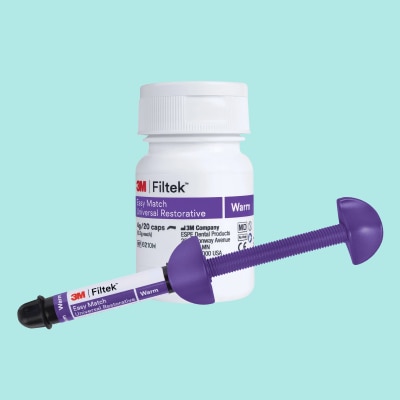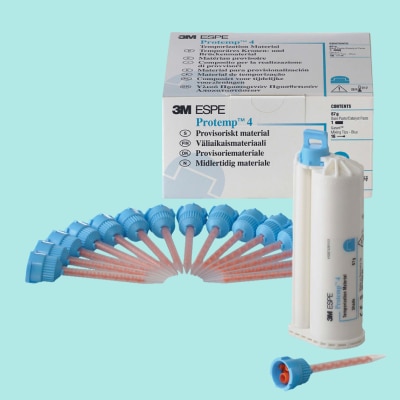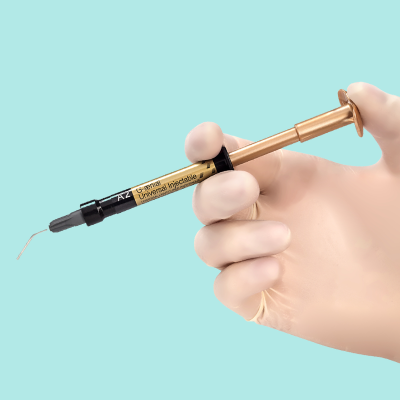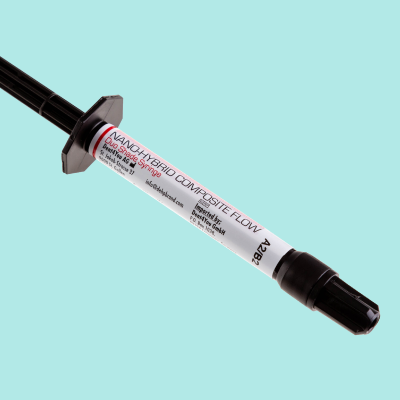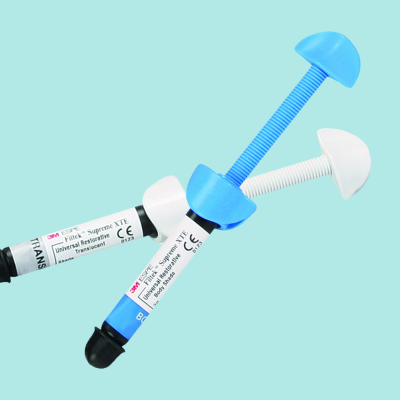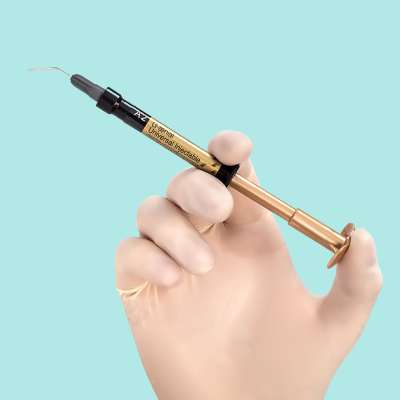Banned in the EU as of January 2025, the decline in amalgam use has opened the door for other restoratives to fill the void. One especially worthy contender with genuine claims to be a substitute for amalgam is Stela from SDI.
What is Stela?
Stela is an innovative, high-performance self-cure composite that was designed from the ground up to replace amalgam.
The brainchild of SDI scientists and engineers from three leading Australian universities, Stela is intended to be a complete end-to-end system that is formulated to deliver stronger and more efficient restorations.
Its benefits include:
- High compressive and flexural strength
- Use in class I, II, III and V restorations
- Unlimited depth of cure
- Gap-free interface
- Simple 2-step process
- No etching required
- No curing light required
- Automix syringe or capsule delivery
A closer look at the advantages of SDI Stela presents a compelling argument for its claim to be a true amalgam alternative.
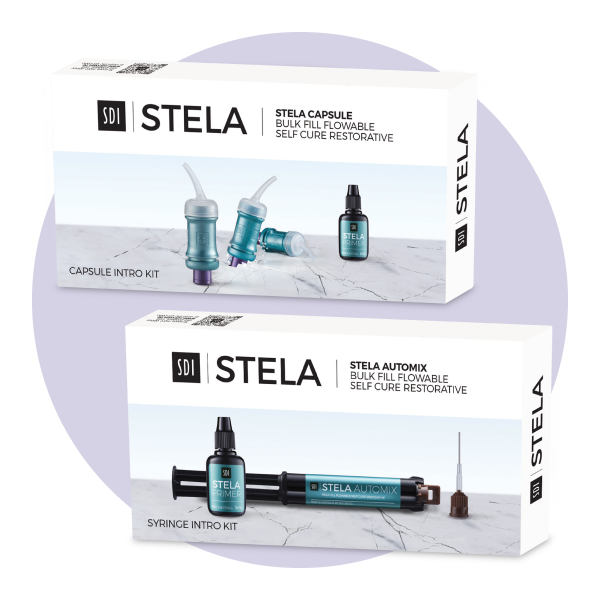
Strength
SDI Stela boasts a high compressive strength that protects teeth against strong occlusal forces, and a high flexural strength that reduces the likelihood of failures due to major stresses.
The strength of a restorative should be judged on its combination of compressive and flexural properties, and Stela strikes an excellent balance of both. It has been proven to outperform many other composite products on the market.
Speed
While traditional composite systems can take up to 120 seconds to prepare, Stela restorations are ready for placement in just 15 seconds. This is achieved by eliminating the traditional, time-consuming steps of etch, prime, bond, and light cure.
With the two-step Stela system, clinicians can benefit from reduced in-chair time, high patient satisfaction rates and long-lasting restorations.
Stela has a working time of 1.5 minutes and a self-cure setting time of 4 minutes.
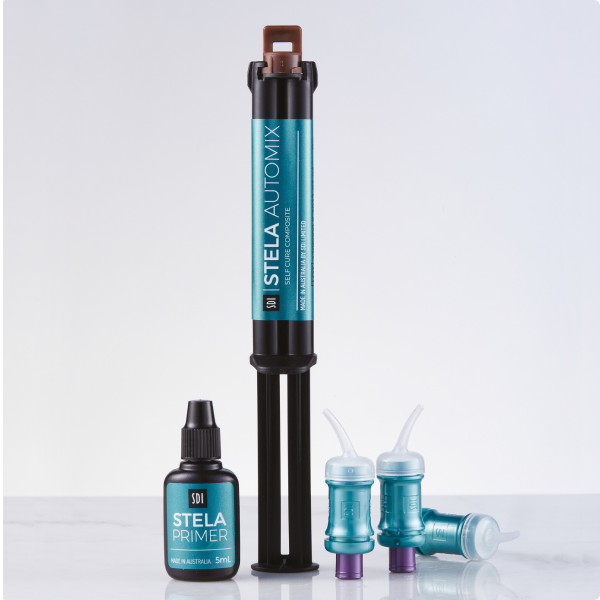
Gap free
Stela features innovative technology that enables a gap-free interface. When light curing a composite, polymerisation begins in the area closest to the light source with the resulting polymerisation shrinkage pulling the restorative away from the cavity walls, creating micro gaps.
Stela does not require light curing, and Stela Primer contains a catalyst that initiates the curing process at the restoration interface. This polymerisation sequence mitigates stress to enable a gap-free interface, reducing post operative sensitivity and the risk of premature failure.
Aesthetics
Unlike many self-cure composites, Stela has been formulated without tertiary amine. This additive has been found to contribute to the yellowing of restorations over time. With Stela, clinicians can rest assured knowing their restorations have improved long term colour stability.
Stela is available in one universal shade, developed with chameleon effect to mimic the shade of the surrounding teeth.
Convenience
Stela is available in both capsule and syringe systems, both used in conjunction with Stela Primer.
It is indicated for a wide range of clinical uses, including Class I, II, III and V restorations, base or liner, core buildups, and sealing endodontic access cavities.
Where can I buy SDI Stela?
All Stela products are available to buy from Kent Express Dental Supplies. All online orders coming with next working day delivery as standard.

